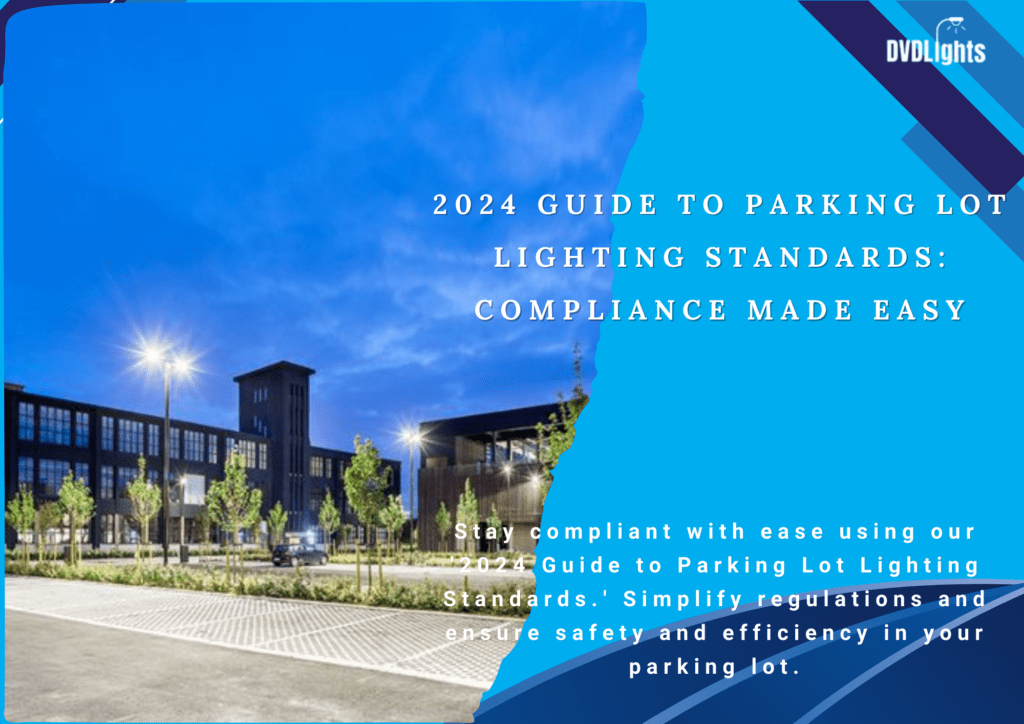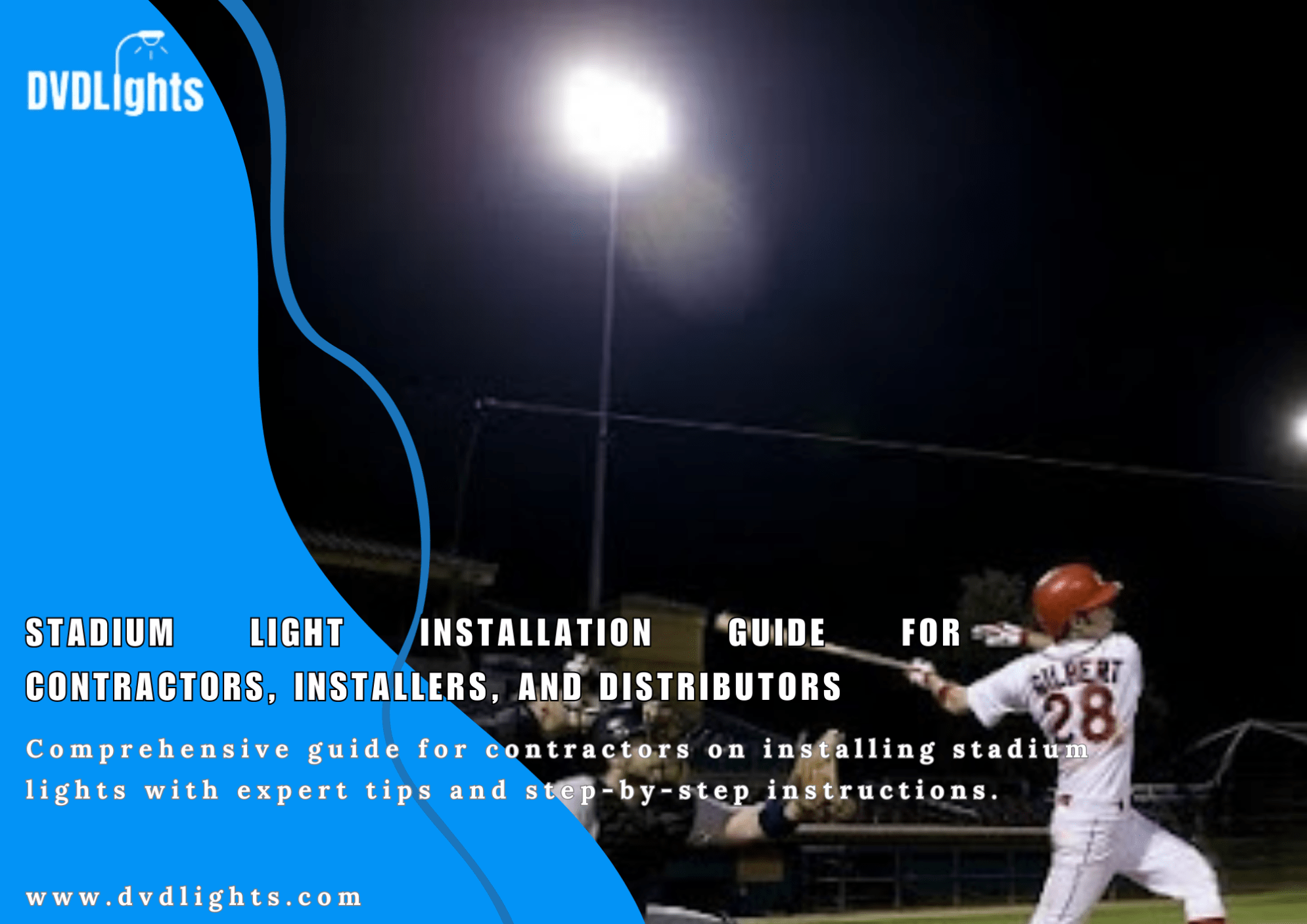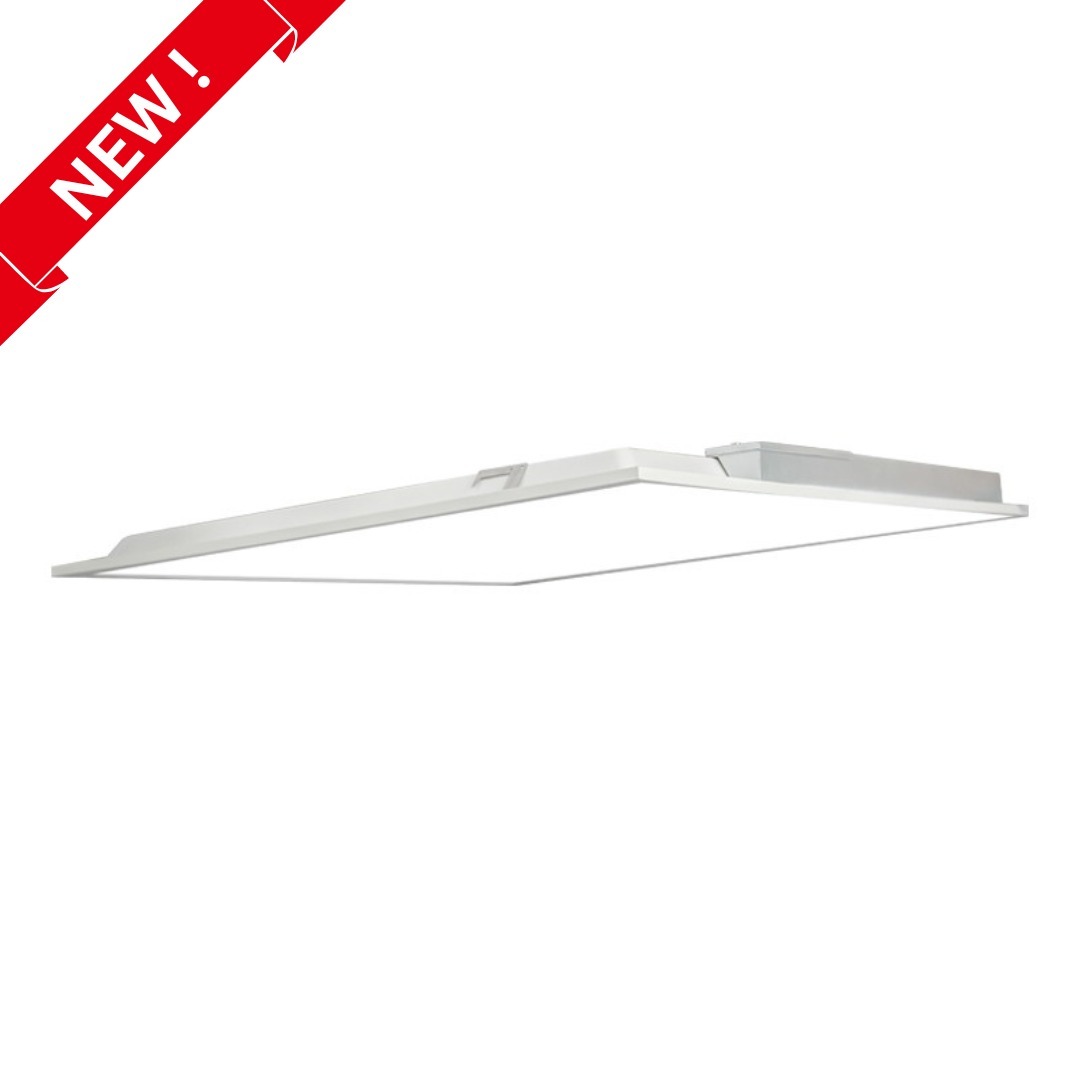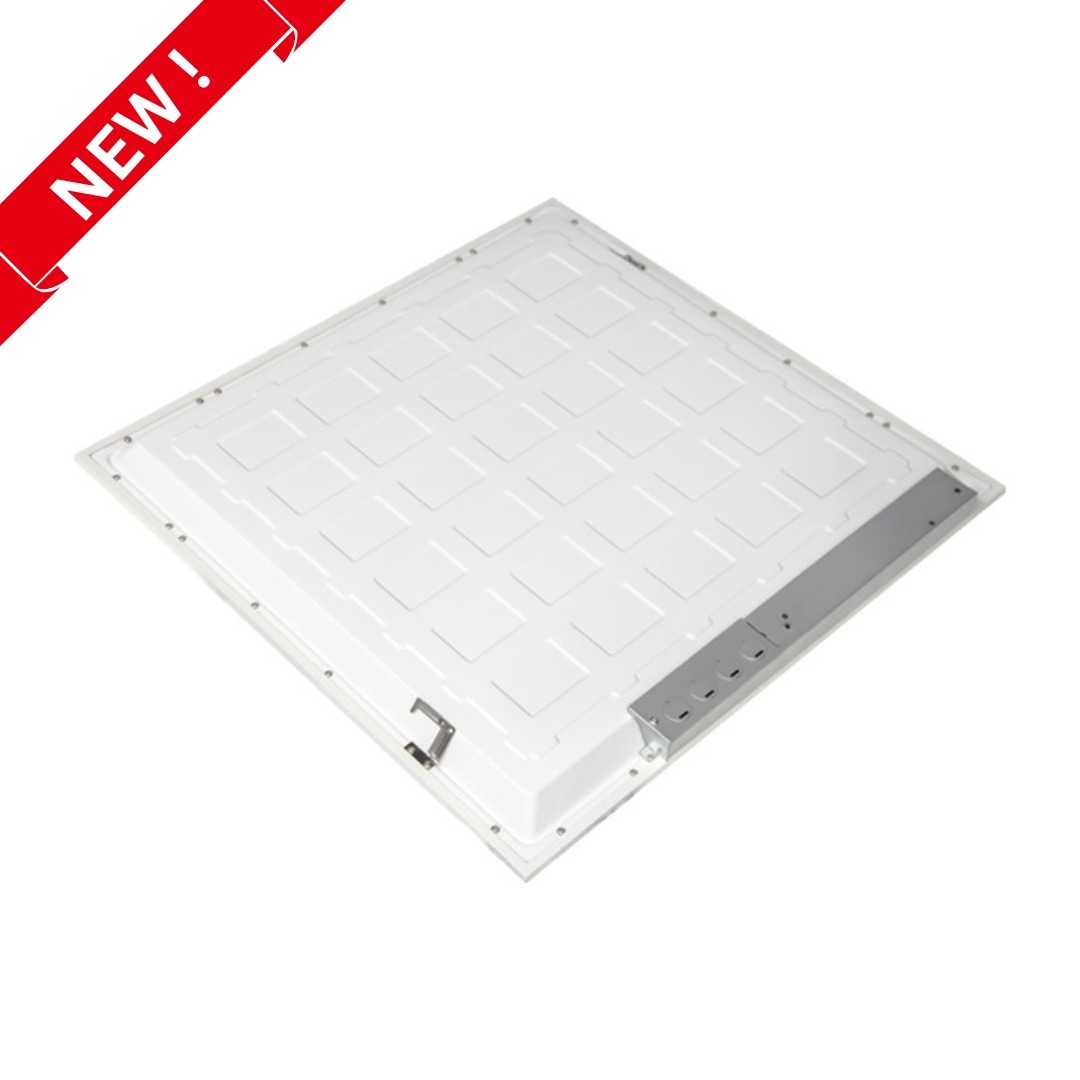Did you know that a shocking percentage of accidents and injuries occur every year in poorly lighted parking lots? Dim lighting comes along with many more safety issues for both pedestrians and cars and contributes to everything from slip and falls to collisions. Non-compliant lighting opens up the property to security risks with the potential of possible lawsuits. Bring peace of mind to your 2024 with this guide on how to get your parking lot lighting compliant.
Understanding Parking Lot Lighting Standards:
There are numerous key stakeholders involved in standardization related to parking lot lighting. The Illuminating Engineering Society (IES) publishes recommended footcandle levels (a unit measuring light intensity) for different areas of a parking lot, prioritizing pedestrian and vehicle safety. The International Dark-Sky Association (IDA) focuses on minimizing light trespass and light pollution, ensuring responsible outdoor lighting practices. However, the most crucial regulations to consider are your local building codes and zoning ordinances. This could mean that local regulations specify footcandle levels, uniformity ratios, and even limitations on light spilling beyond your property line—light trespass. Always remember the need to stay within the requirements of your local government regulations to avoid citations; with safety attained in the parking lot.
Photo by K HOWARD: https://www.pexels.com/photo/aerial-view-of-parking-area-2220292/ via Pexels
2024 Guide to Compliance (Step-by-Step):
1. Assessing Your Parking Lot:
The first step is to take a comprehensive look at your parking lot. Consider the overall size and layout, existing lighting infrastructure—that is, number of fixtures, pole placement—pedestrian traffic patterns, like entranceways, walkways, and dedicated drop-off areas, and vehicle traffic flow, including dedicated accessible parking. The first look will help you define exactly what your particular needs are regarding lighting and point out problem areas that may call for special solutions.
2. Finding Your Local Regulations:
Finding your appropriate building codes and zoning ordinances Paging through most of the building codes and zoning ordinances is time-consuming to locate your regulations. Often, most municipalities have them linked on their websites. You can easily visit your local building department. Or, you could visit some of the industry association websites: there you might find what you are looking for to be able to identify what is of interest to you and pertinent in your area on lighting standards. Don’t forget: local regulations may vary from type to type, either urban or suburban and rural.
3. Decoding Lighting Requirements:
The other important component included in the parking lot lighting standards is the footcandle levels. These also depend on the type of zone your lot is designated as. In that regard, entrances, walkways—high-visibility areas for both pedestrian and vehicle circulation—have higher footcandle requirements compared to the parking spaces themselves. Uniformity ratios make sure the light in each zone is well distributed, cutting out the dark spots and producing safety. Local regulations will almost certainly include light trespass limitations, which define how much light can spill onto adjacent properties. One of the newer focuses in the 2024 standards is color temperature. Warmer color temperatures enhance visibility and provide better comfort to pedestrians.
4. Choosing the Right Lighting Fixtures
This makes sense for many reasons: LED lighting technology provides high efficiency, long service life, and is good for the environment. If fixtures are still required, then consider spacing to allow for proper light distribution, distribution patterns—directional for walkways and wider for open areas—and conformance with local regulations for light trespass and upward light in 2024, with even more LED technology innovation underway. Dimming and scheduling controls are smart, like allowing adjustments, additional motion sensors, and integrated dusk-to-dawn sensors that provide further optimization of energy use.
5. Installation and Maintenance:
A professional installation is highly recommended for properly located fixtures and secure electrical connections. Not to mention, it needs regular maintenance for peak performance and safety. This includes routine bulb replacement; checking the condition of any fixtures for damage or corrosion and cleaning them inside and out to keep light output high. Consider preventative maintenance programs offered by lighting professionals for proactive identification and resolution of potential issues.
Benefits of Compliant Parking Lot Lighting:
Compliant parking lot lighting goes much further than the need to meet regulations. Following are a few important advantages:
- Improved Safety:
Compliant lighting greatly improves the visibility of the walkways and parking spaces by chasing away all shadows that otherwise would have been dark. This gigantic improvement in the clarity of vision translates to increased safety, reducing the risk of accidents, injuries, and slip-and-fall hazards. With improved lighting, drivers can negotiate turns without difficulty and easily spot any obstruction that may be in their path; pedestrians are also clearly visible to motorists, thus minimizing the possibility of collision.
- Reduced Crime Rates:
Well-lit parking lots, as a general rule, serve as a natural deterrent for crime in their own right. It is often the case that the cloak of darkness provided allows criminals to remain anonymous, and they will refrain from targeting a brightly lit area. Compliant lighting therefore discourages vandalism and theft, making it much more secure for every user of the parking lot. Imagine you’re a would-be thief: far less likely to attempt vandalism on a well-lit car while you are so starkly visible and easily identifiable.
- Enhanced Security:
It’s not just about deterring a potential crime; it is also about letting anyone using your lot at night feel safe. A walk to one’s car or even crossing the parking lot at night can be somewhat intimidating if it is not well-lit. Compliant lighting removes these fears and thus enables patrons to feel secure as they continue with their business.
- Increased Property Value and Aesthetics:
A nicely landscaped, well-lit lot has its myriad curb-appeal-related problems, all requiring their time. A well-lighted and clean parking lot is inviting for the first impression and adds to the appeal of a property to tenants, customers, and visitors alike. This can result in increased rental rates or customer traffic.
- Potential Energy Cost Savings:
Compliant parking lot lighting most commonly employs energy-efficient LED technology. In contrast to conventional lighting options, LEDs offer actual energy savings. Meaningful energy savings translate into lower electricity bills and reduce the impact on the environment that comes with lighting a property. Property owners can change over to LEDs and probably add some lighting controls, such as timers and motion sensors, to gain large cost savings while showing care for the environment.
Image by TRILUX – Simplify Your Light via Pinterest
Conclusion
Proper parking lot lighting is not for compliance purposes but to create a much safer, more secure, and inviting atmosphere for all space users. With these steps from the 2024 Guide, you can be certain that your parking area squares up to all expectations but also takes advantage of improved safety, reduced costs, and even increased property value. Remember, a well-lit parking lot is an investment that will pay off in the long run.
FAQs
1. What are the biggest changes in parking lot lighting standards for 2024?
The biggest changes focus on energy efficiency and light pollution reduction. While footcandle levels and uniformity ratios remain crucial, there’s a growing emphasis on warmer color temperatures for improved visibility and comfort. Additionally, regulations may place stricter limits on light trespass to minimize the impact on surrounding areas and wildlife. Advancements in LED technology with features like smart controls and integrated sensors are also becoming increasingly important for compliance.
2. I don’t know the exact size of my parking lot. How can I assess it for lighting needs?
A comprehensive assessment doesn’t require precise measurements. Consider factors like the number of parking spaces, traffic flow patterns (including designated accessible parking), pedestrian walkways and drop-off zones. Take note of the existing lighting infrastructure (number and placement of fixtures). This initial evaluation will help determine your specific needs and potential challenges.
3. Where can I find the local regulations for parking lot lighting?
Many municipalities offer building codes and zoning ordinances online. Alternatively, contact your local building department for guidance. Industry association websites can also be a valuable resource. Remember, regulations can vary based on your location type (urban, suburban, rural), so prioritize finding resources specific to your area.
4. Are LED lights the only option for compliant parking lot lighting?
While LED technology dominates the market due to its efficiency and lifespan, they aren’t the sole option. However, they are becoming increasingly necessary for compliance with stricter energy-saving regulations. If you’re considering non-LED options, ensure they meet your local requirements for footcandle levels, light distribution, and light trespass limitations.
5. Do I need to hire a professional to achieve compliant parking lot lighting?
Hiring a qualified lighting professional is highly recommended, especially for larger or complex parking lots. Professionals can ensure proper fixture placement, electrical work adheres to regulations, and your lighting design meets safety standards. They can also help navigate the process of finding relevant regulations and maximizing energy-efficient solutions.




















